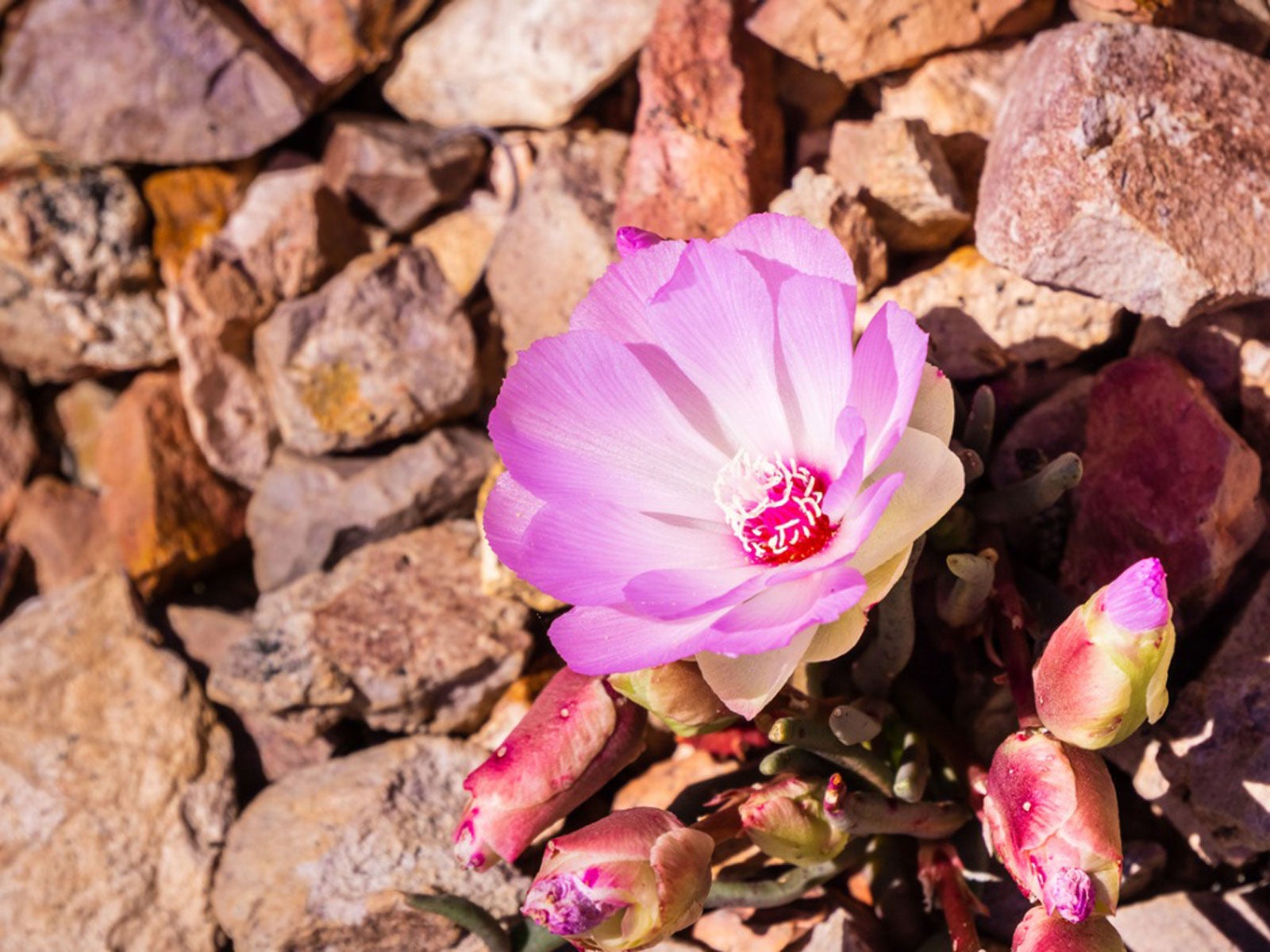What Is Lewisia: Information On Lewisia Care And Cultivation


It is always hard to find durable plants that favor punishing conditions in sandy or rocky soils. Lewisia is a gorgeous, little plant perfect for such areas. What is Lewisia? It is a member of the Portulaca family, known for the attractive, fleshy, green leaves and ease of care common to members of this group. Lewisia bitterroot plants (Lewisia rediviva) are a favorite in my garden. With all the other garden chores required for a healthy garden, you can rest with Lewisia care. The succulents fend for themselves and bring astonishingly lovely flowers in late spring through early summer.
What is Lewisia?
Lewisia is hardy in USDA zones 3 to 8. There are several species available and this native of North America performs well in alpine gardens, rockeries, planters, or even along a gravel path. Lewisia bitterroot plants are herbs with medicinal uses and a name straight from history after Meriwether Lewis, the famed explorer. An interesting bit of Lewisia plant info includes its status as the Montana state flower. Its taproot was also used as a food by the Flathead Indians. They are found in nature in pine forests, rocky mesas, and gravel hillsides.
Lewisia Plant Info
This low profiled plant has a moderate growth rate and perennial status in all but the coldest and hottest zones. Some forms are deciduous and prefer bright sunlight while the evergreen varieties can thrive in partial sun. The foliage forms a rosette that rarely gets taller than 3 inches (7.5 cm.) with a bloom balanced on a slender stalk that grows up to 12 inches (30.5 cm.) high. The thick leaves have a waxy coating that helps the plant conserve moisture. Flowers are comprised of up to nine petals, some of which have an almost feathered appearance. Blooms come in a range of hues, from yellow, white, and magenta to salmon and brilliant pink.
How to Grow Lewisia
Lewisia bitterroot plants produce offsets, which are the easiest way to propagate this interesting little succulent. Simply divide them from the parent plant and pot them up to grow a good taproot and fleshy, feeder roots. You can also learn how to grow Lewisia from seed. The tiny plants take a couple of seasons to form a rosette but establish easily when sown in a sandy potting mixture. Once the plants are placed in a garden situation, provide them with moderate water, excellent drainage, and a minimum of nutrients. It couldn't be simpler to grow Lewisia bitterroot plants. The primary thing to remember is to avoid excessively fertile soil and compacted or clay situations.
Lewisia Care
I like to take off the spent flowers at the rosette so the lovely foliar arrangement can be enjoyed after bloom time. Watch for slug and snail damage and avoid overwatering as this can promote rot. The plant is not susceptible to many insects or disease problems. Provided you don't give it too much water and it doesn't freeze too deeply in winter, this garden gem will be with you for a long time. Enjoy the dried flowers with their nut-brown, little capsules of seeds at the end of the season.
Sign up for the Gardening Know How newsletter today and receive a free copy of our e-book "How to Grow Delicious Tomatoes".

Bonnie Grant is a professional landscaper with a Certification in Urban Gardening. She has been gardening and writing for 15 years. A former professional chef, she has a passion for edible landscaping.